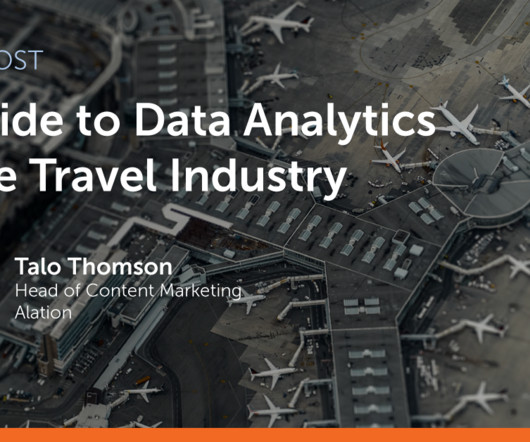Data Integrity: The Foundation for Trustworthy AI/ML Outcomes and Confident Business Decisions
ODSC - Open Data Science
APRIL 28, 2023
As critical data flows across an organization from various business applications, data silos become a big issue. The data silos, missing data, and errors make data management tedious and time-consuming, and they’re barriers to ensuring the accuracy and consistency of your data before it is usable by AI/ML.











Let's personalize your content